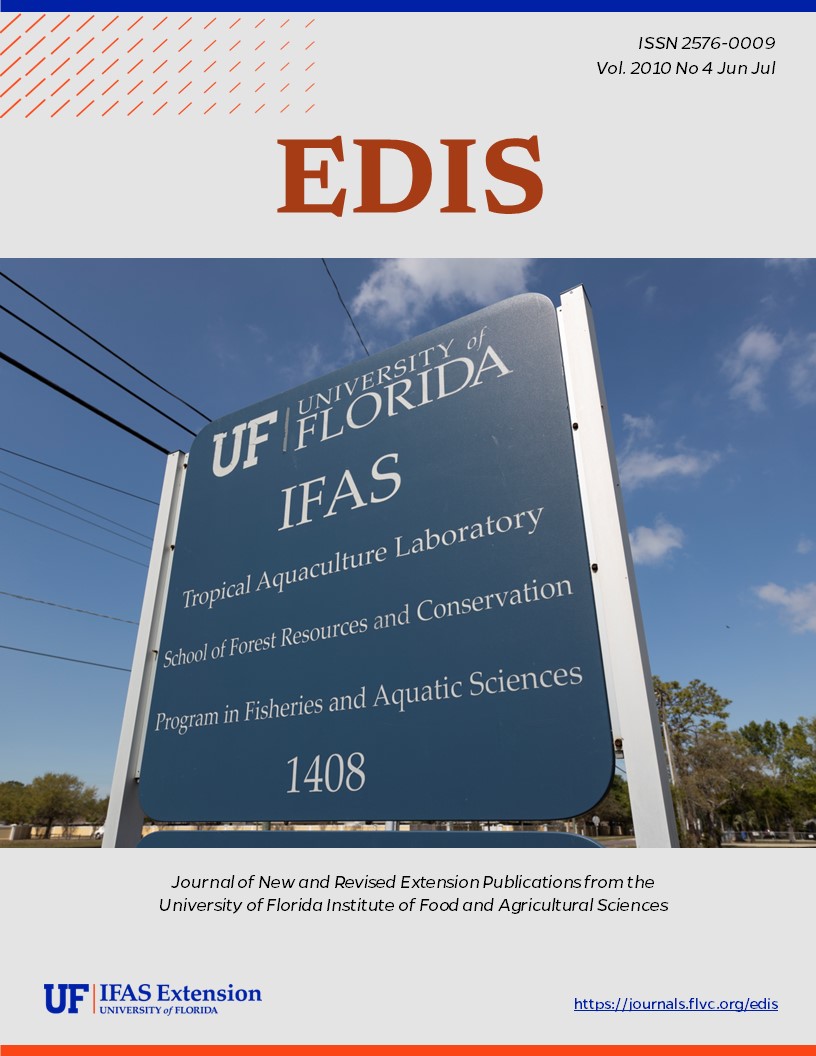Resumen
FOR 267, a 2-page fact sheet by Michael G. Andreu, Melissa H. Friedman, Mary McKenzie, Heather V. Quintana, and Robert J. Northrop, describes this native deciduous tree found in wet but well-drained soils along stream banks and flood plains, ranging from the eastern Carolinas, south to central Florida, and west to Eastern Texas – scientific and common names, description, allergen, and applications. Includes references. Published by the UF School of Forest Resources and Conservation, June 2010.
Citas
Austin, D. F. 2004. Florida ethnobotany. Boca Raton, FL: CRC Press.
Borror, D. J. 1988. Dictionary of root words and combining forms (1st ed.). Mountain View, CA: Mayfield Publishing Company.
Burns, R. M., B. H. Honkala, and coordinators. 1990. Silvics of North America: Volume 2. hardwoods (Vol. 2). Washington, D.C.: U.S. Government Printing Office.
Florida Forest Stewardship. 2006. Trees of Florida: Juglandaceae. Retrieved from http://www.sfrc.ufl.edu/Extension/ffws/tfjug.htm#aquatica
Gledhill, D. 1989. The names of plants (2nd ed.). Cambridge: Press Syndicate of the University of Cambridge.
Godfrey, R. K. 1988. Trees, shrubs, and woody vines of Northern Florida and adjacent Georgia and Alabama. Athens, GA: The University of Georgia Press.
Haehle, R. J. and J. Brookwell. 2004. Native Florida plants: Low-maintenance landscaping and gardening. Lanham, MD: Taylor Trade Publishing.
Little, E. L. 2005. National Audubon Society field guide to trees, Eastern region. New York, NY: Alfred A. Knopf.
Ogren, T. L. 2000. Allergy-free gardening: The revolutionary guide to healthy landscaping. Berkeley, CA: Ten Speed Press.

